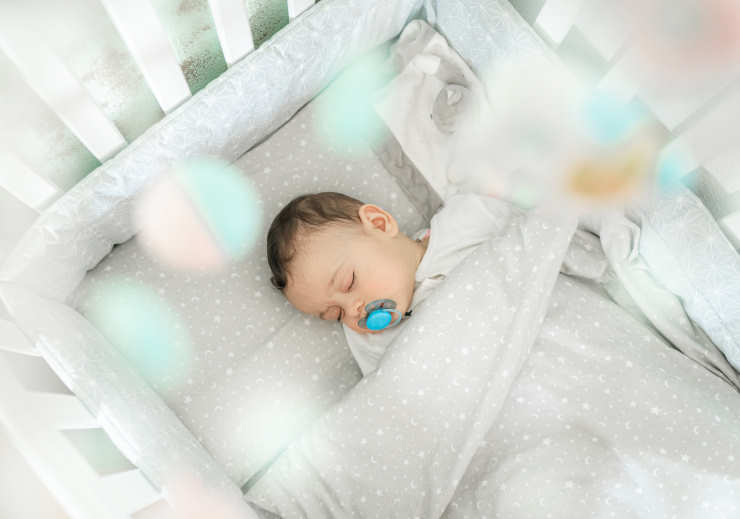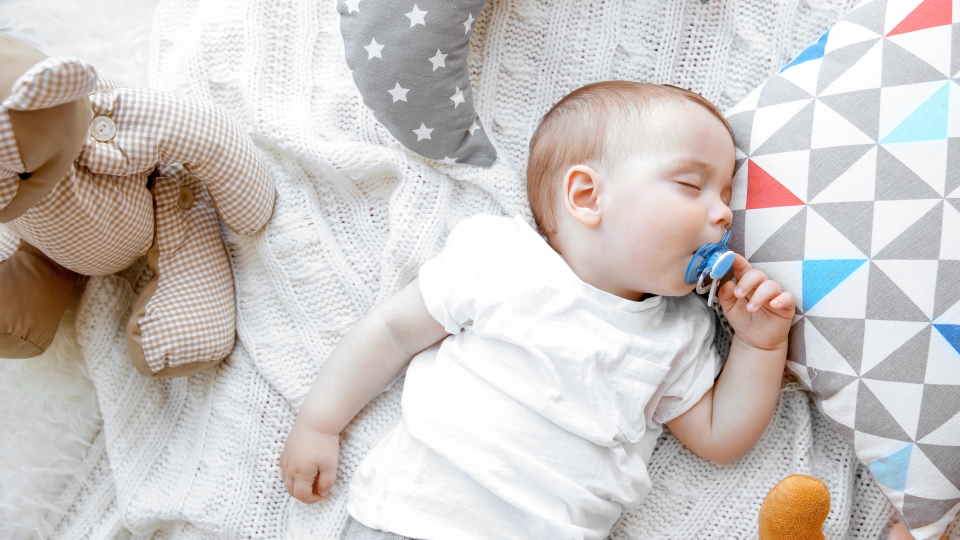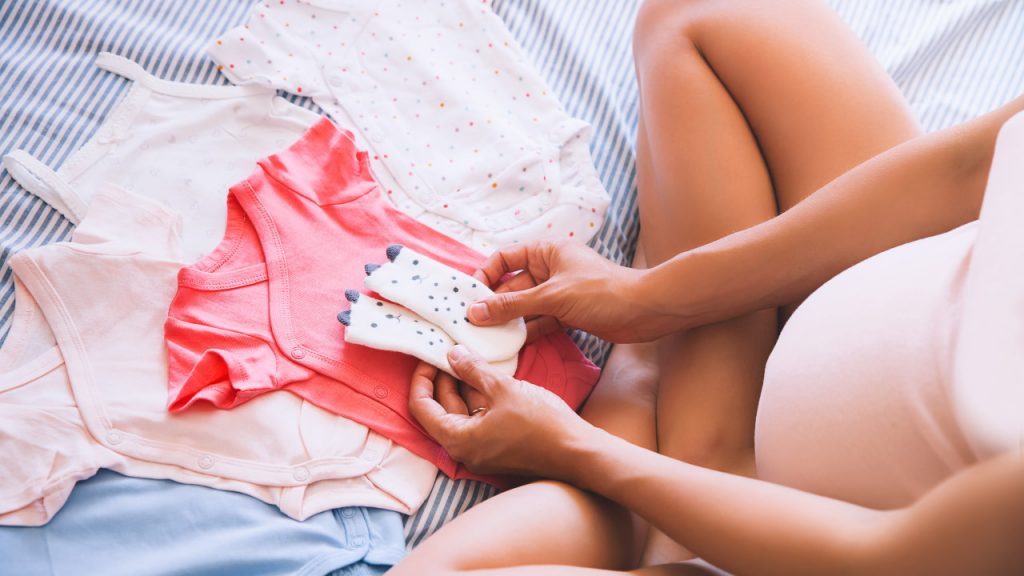Do you have a toddler who won’t sleep after taking away a pacifier?
Don’t worry. Although the process is complex and uneasy for your baby, if you are conscious and patient, you can make your child stop the pacifier in a very short time.
Pacifiers should be left within a specific time, as they have many advantages, such as providing the innate sucking reflex in babies and leading to much safer and more comfortable sleep.
Depending on your baby’s character and habits, you can find out what alternatives you can use in this one or two-week process in our article below.
How Long Does It Take for Toddlers to Adjust to No Pacifier?
Babies go through the fist and finger-sucking phase, especially between the 2nd and 6th months. Then, supportively, they often bring their hands to their mouths as a reflex. Notably, in this normal situation, parents who prefer a pacifier may experience very difficult times adjusting their toddler to this no-pacifier period.
So how long does this process take?
Although this process varies and differs according to the personality and habits of the baby, it will generally show its effect in a period of one to two weeks in line with the practical and new habits that replace the use of pacifiers.
Therefore, if you do not want this process to prolong, as a patient and tolerant parent in the face of your child’s irritable and restless attitude, you should try to guide him into good habits by not giving him everything he wants.
Accordingly, it will not be easy for your baby to leave such an item with which he physically bonded in the early period, and you should be patient so that the step to be taken does not cause some long-term and permanent problems and your child gets used to it in a much shorter time.

How Do I Get My Toddler to Sleep without a Pacifier?
Primarily, you should be conscious and have a patient attitude towards your baby, displaying stubborn, grumpy, and sad behaviors due to the loss of bond with the pacifier during this process.
In this context, you should try gradually reducing the time spent with the pacifier during the day. Similarly, it would help if you also stayed away from flavors that will bind more to the pacifier. For example, sweet tastes like candy, jam, or chocolate will only make him feel more attached and sympathetic to the pacifier.
Besides, you can keep your baby’s mouth busy by giving them other things instead of a pacifier. These should be healthier and favorite foods like his favorite fruit. Or, you can encourage your child to be engaged in getting rid of the pacifier by giving rewards when they are not using a pacifier. Likewise, if it is about not dipping in the things he likes shown above, on the contrary, dipping in flavors he does not like can be a solution.
But among all these, it will be the healthiest and best method to try to reach an agreement by talking to not deceive your child and to establish better communication.
What Can You Replace A Pacifier With?
It can be a complicated process to get him used to a new and utterly different habit by discouraging him from such a habit.
Your baby’s pacifier release process can be pretty painful, so giving him another favorite flavor instead of pacifiers during this process is possible. In other words, you can give your baby fruit or vegetables that he likes to keep his mouth busy and that are healthy and good for him. You can even vary it so you can experience a different taste every time you give it.
Accordingly, you can take advantage of soothers as another common alternative. Although they are similar to pacifiers, soothers are an alternative that attracts a lot of attention, as they keep the pacifier away from harm and do not allow sucking. Additionally, teething rings can be preferred for being good for the teeth and a good alternative for pacifiers.
As another exciting alternative, you can use white noise to help your baby sleep without a pacifier. The white noise technique, which has made a name for itself, especially in sleep and calming, is also beneficial and is an alternative that can replace the pacifier.

Why Do Babies Get so Attached to Pacifiers?
Babies adopt the habit of sucking their fingers and hands to relax, and they take action and reflex of bringing their hands to their mouths. So, naturally, to satisfy this reflex, after a while, the hands are replaced by the pacifiers given by the families.
Accordingly, since the pacifier satisfies the natural sucking instinct of babies, it gives them a feeling of security and relaxation and creates a bond between them.
In children who are satisfied with the feeling of sucking as a baby, this feeling is the strongest and first reflex developed from birth. This is why they fall asleep easily.
The baby, who has been accustomed to the same sucking movements from the mother, especially to feed his stomach from the very youngest period, forms a much stronger physical bond with this object with the advent of the pacifier and acquires a habit that is quite resistant to it.
Considering that the pacifier should be discontinued by the age of 2.5 at the latest, the time that elapses includes a very long and reasonable process in which children don’t want to break away from this object and have difficulty quitting the habit.
Conclusion
Ultimately, pacifiers should be removed after a set amount of time because they have several benefits, including supporting the intrinsic sucking reflex in newborns and resulting in considerably safer and more pleasant sleep.
Although the treatment is challenging and uncomfortable for your baby, if you are mindful and careful, you may get your child to quit using the pacifier in a relatively short time.
Under this framework, we aimed to explain and demonstrate the methods and the points you can follow as well as consider under the title and subject of “Toddler won’t sleep after taking away pacifier” in this article.



